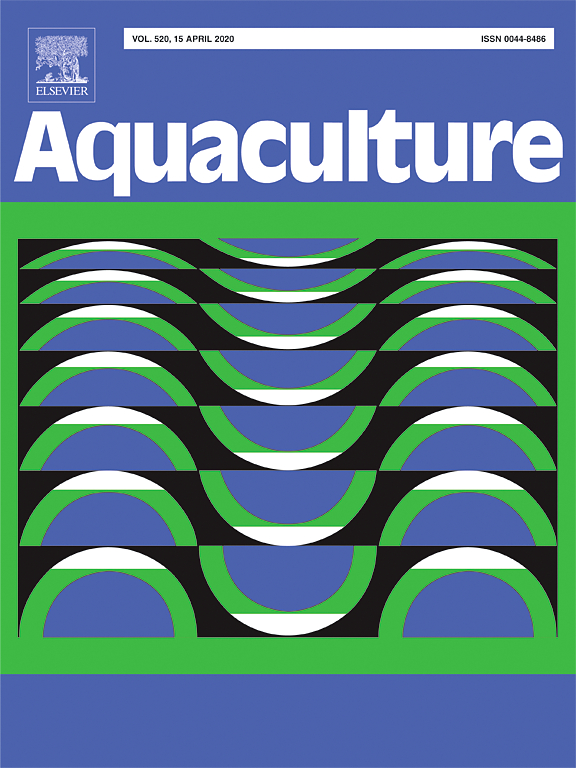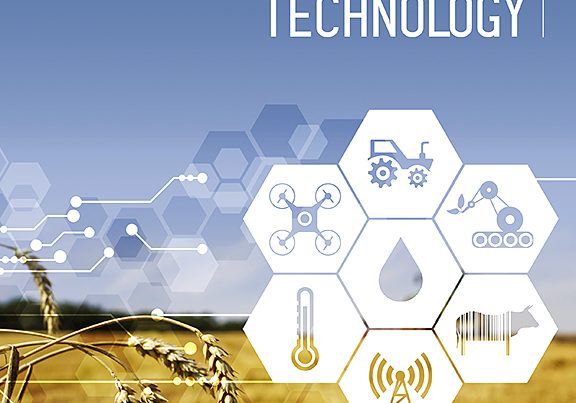Document type : Scientific article published in Aquaculture
Authors: Malthe Hvas, Ole Folkedal, Frode Oppedal
Preview: In this study, 12 farmed Atlantic salmon (~1200 g) were tagged with commercially available heart rate (HR) bio-loggers and maintained in a controlled fish tank laboratory environment at 9 °C on a 12 h day/night cycle for 13 weeks. Apart from one fish that had obtained severe wounds on the tail region in the beginning, the remaining fish survived the entire test period and displayed consistent and similar HR in response to the day/night cycles with peak HR midday during feeding. At the end of the experiment, untagged conspecifics had significantly higher weights, fork lengths and conditions factors, showing the bio-logger may have a long term negative impact on growth. However, tagged fish still gained weight during the trial. Resting HR, as measured at night and early morning, decreased significantly over the first 2-3 weeks, and remained stable at ~25 beats min-1 between week 3 and 10, highlighting that substantial time is required for complete recovery following implantation of the bio-logger. At the start of week 11, 12 and 13, crowding stress trials of 30 min were performed which elevated HR to 55.7 beats min-1, whereafter it took 24 h to recover normal HR. Emerging bio-logger technologies can provide otherwise unobtainable information on the physiology and behaviour in free swimming individual fish over long periods and has great potential as welfare assessment tools in aquaculture. However, the impact of the tag must be considered with regards to the general representativeness of untagged counterparts when interpreting data.
Publication leading to an article in Global Aquaculture Alliance on January 25, 2021: Heart rate bio-loggers as welfare indicators in Atlantic salmon aquaculture





